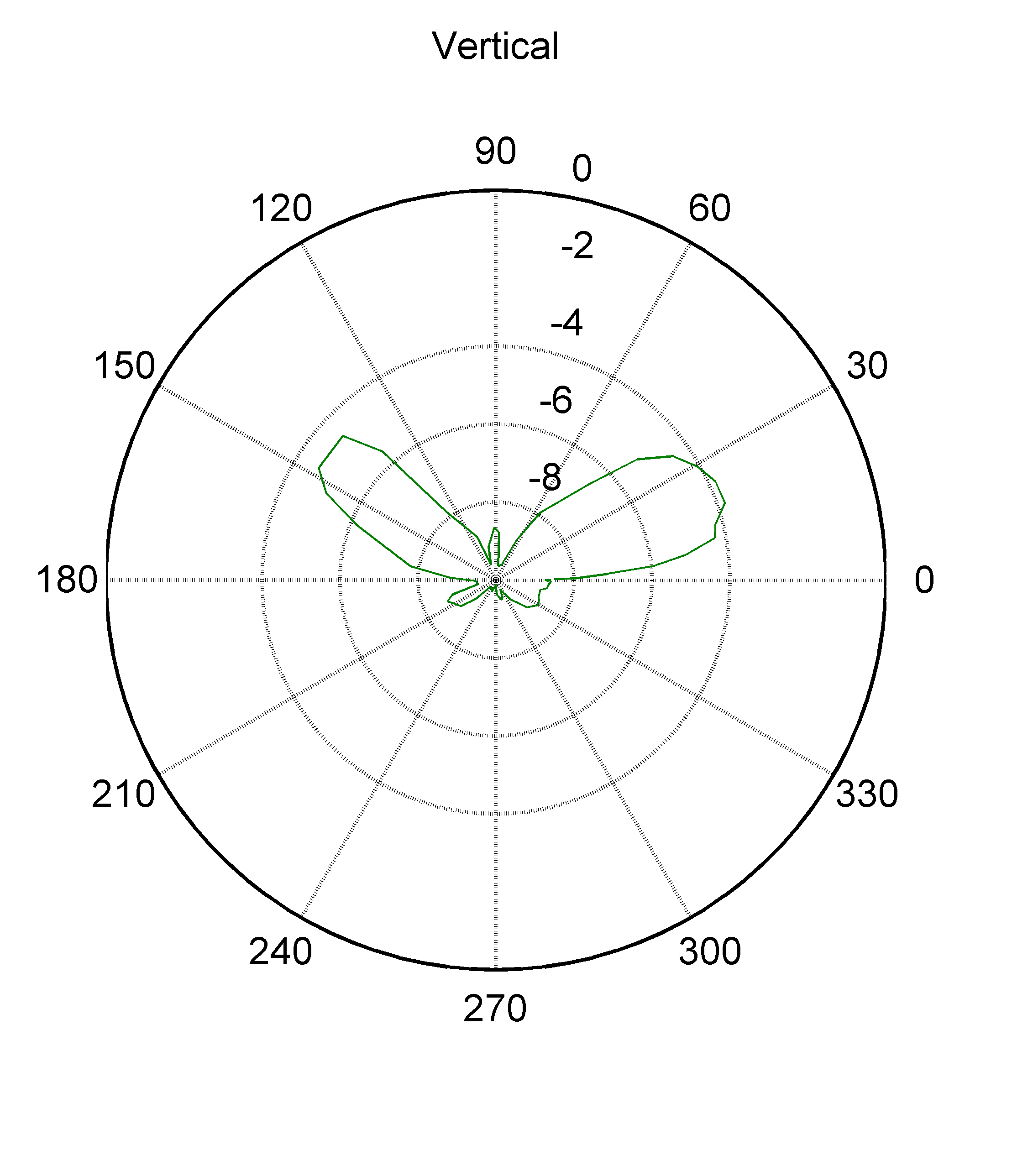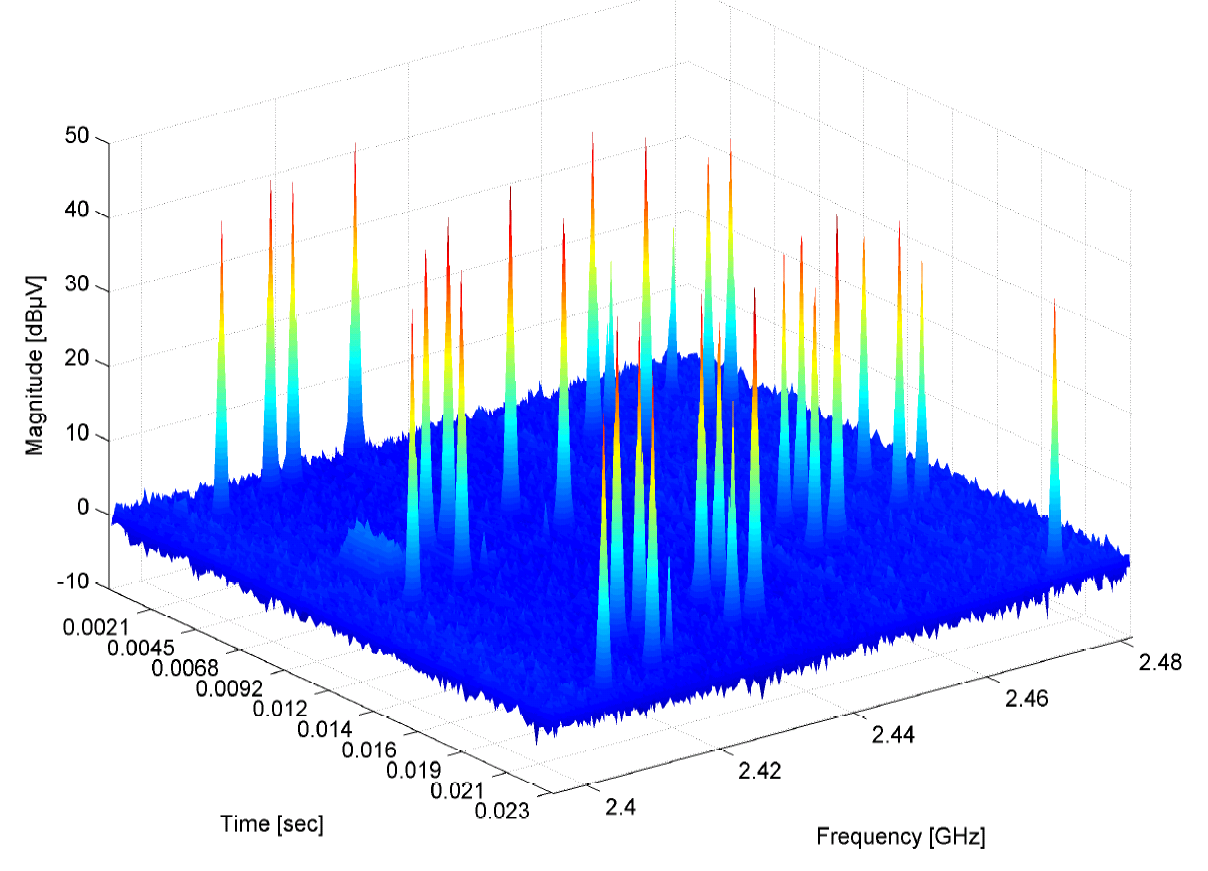Due to the increasing role of new and innovative technologies, things like smart homes, driver-less cars and Internet of Things (IoT) are becoming a regular companion in our daily lives. In case of smart home the network is mostly connected through Wi-Fi and controlled through smart phones or tablets. These interconnected electrical devices thus also require an additional and extended test effort. In most cases it is therefore no longer sufficient, that e.g. household appliances are only tested with regard to their electromagnetic emissions according to CISPR 14.
Hence, if a radio module is installed in the device under test, then it must also be tested according to the European Telecommunications Standards Institute (ETSI), in order that it is compliant to the standard. In addition to the conventional EMI test, a device with an active radio module must also be tested for the spurious emissions. Further, other parameters such as radiation characteristics and radiation power must also be tested and documented in accordance with ETSI standards.
Traditional receivers, which do not employ modern FFT-based measurement methods and which are not based on digital superheterodyne receiver mode, do not have sufficient operating range (like poor dynamic range and SFDR, low Real Time bandwidth (RTBW) etc.) to perform these tests. In addition, traditional receivers need the use of a notch filters due to their lower dynamic range. Hence, the FFT based measurement systems hold a clear advantage over traditional receivers for performing measurements as per the ETSI standard. This is particularly true for the case of measuring OFDM based communication standards or Frequency Hopping Spread Spectrum (FHSS) signals.
Modern EMI receivers, like the TDEMI® X have been designed and developed to meet the requirements of such measurements as it offers very high dynamic range and SFDR. In addition, the TDEMI® X is also fully compliant to CISPR 16-1-1 standard, which offers significant benefit over other measurement instruments. The TDEMI® X uses state of the art technology like Gigasample ADCs and powerful FPGAs, which makes it possible to have industry leading real-time processing bandwidths of up to 645 MHz. Also, due to the powerful platform used, TDEMI® X can perform measurements at much higher speeds than other receivers, which translates to more efficient usage of test labs and hence more savings. Owing to all this, TDEMI® X offers more advantages for wireless communication measurements than any traditional receiver or spectrum analyzer.
The standard ETSI EN 300 328 V.2.1.1 (2016-11) describes the requirements on wireless communication devices operating in the 2.4 GHz ISM band. The test method as described by this standard is briefly explained in the rest of this article and can be used for other ETSI standards with similar requirements.
Maximum Output Power
As per the standard, any wireless transmitter module using a wide-band modulation method like OFDM is only allowed to deliver a maximum transmit power of 20 dBm. This transmit power refers to the maximum power emitted during a transmit operation. This can then be measured with TDEMI® X by using the RMS detector and by setting the real-time bandwidth of the TDEMI® X equal to the channel bandwidth of the transmitter.
The Maximum Power Spectrum
As per the standard, the maximum spectral power in the transmission channel must not exceed 10 dBm/MHz. This generally applies to conducted measurements. The spectral power can be measured using TDEMI® X with resolution bandwidth set to 1 MHz and by using RMS detector. By using an internal conversion factor, the spectral power is displayed directly in dB/MHz and no further conversion is necessary.
Effective Isotropic Radiated Power E.I.R.P
Radiated emission measurement with TDEMI® X is achieved by using the Real-Time Spectrogram mode. In this mode the entire ISM band range is measured and displayed in real time. The radio module is mounted to a turn table which is rotated continuously by TDEMI® X. During this time, the TDEMI® X also simultaneously measures radiated power at all frequency points in the ISM band in real time and at all angles. This gives the power spectrum per radiation angle which directly represents the entire radiation characteristic of the radio module (Fig. 1).

Measurement of Spurious Emissions
The radio module must also be investigated for any spurious emissions outside the ISM band. Since the data transmission from such modules takes place in bursts and in a frequency hopping fashion, it is necessary to measure the emissions using a RMS detector over the time of each individual burst. Here, the TDEMI® X measuring system offers the possibility to display the power over time and over many frequency points simultaneously. Using TDEMI® X, this measurement can be typically done with 645 MHz real-time bandwidth below 1 GHz and in segments of 325 MHz above 1 GHz. The standard ETSI EN 300 328 V2.1.1 highlights here the benefits and advantages of using the FFT methods again.

Investigation of Frequency Hopping Signals
Figure 2 shows the emission measurement of a Bluetooth module. For each frequency point, the emission pattern with respect to time is automatically measured and displayed. The power measurement at each frequency point over the entire band range is done using a RMS detector over time and is displayed as a 3D diagram. As specified by the standard in section 5.4.4, the TDEMI® X makes it possible in the simplest way to record and document the spacing between pulses as well as all used frequencies.